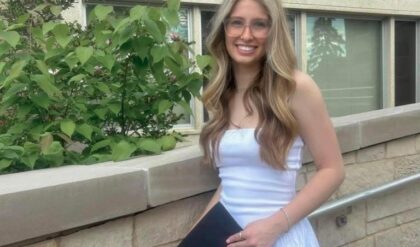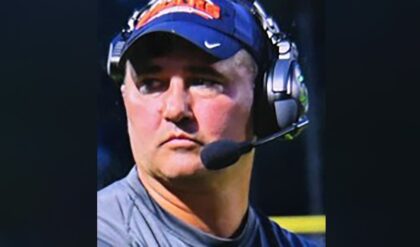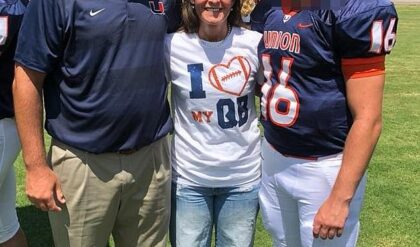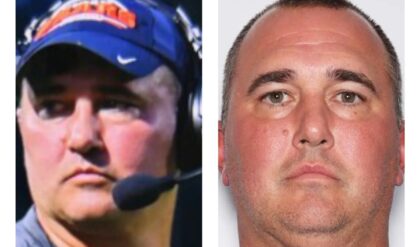There’s one thing that makes every season of ‘American Horror Story’ creepy.
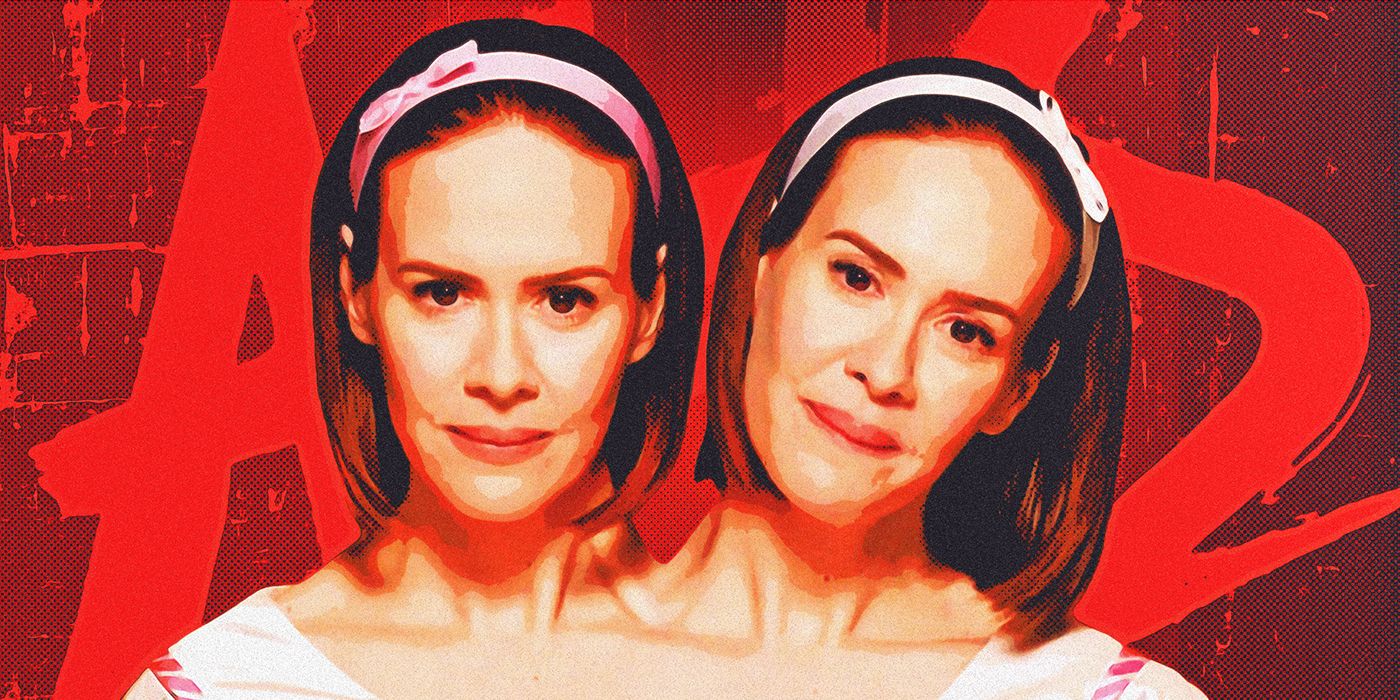
The horror anthology can be a hit or miss when it comes to characters or plotting. Killing off Twisty (John Carroll Lynch) so early in Freakshow to replace him with Dandy (Finn Wittrock) lost scare power. The nearly season-long flashback for Apocalypse might be forgiven if it delivered on the promised crossover between Coven and Murder House. The longer American Horror Story goes on, flaws are obvious to spot, whereas in previous seasons they might be easily overlooked. However, a part of the show that never fails to creep us out is the opening title sequence, and it can be fun to spot the variations to the revamped audio and visuals when each season arrives. The spinoff, American Horror Stories, has its variants, but the main series is special for where it all began, hiding in hints and clues to key moments in later episodes that the spinoff’s standalone format can’t do. And it wouldn’t be possible if it were not for two Latino creatives who had a major hand in creating the show’s iconic title sequence you know and fear.
The ‘American Horror Story’ Opening Never Fails Us With Every Season
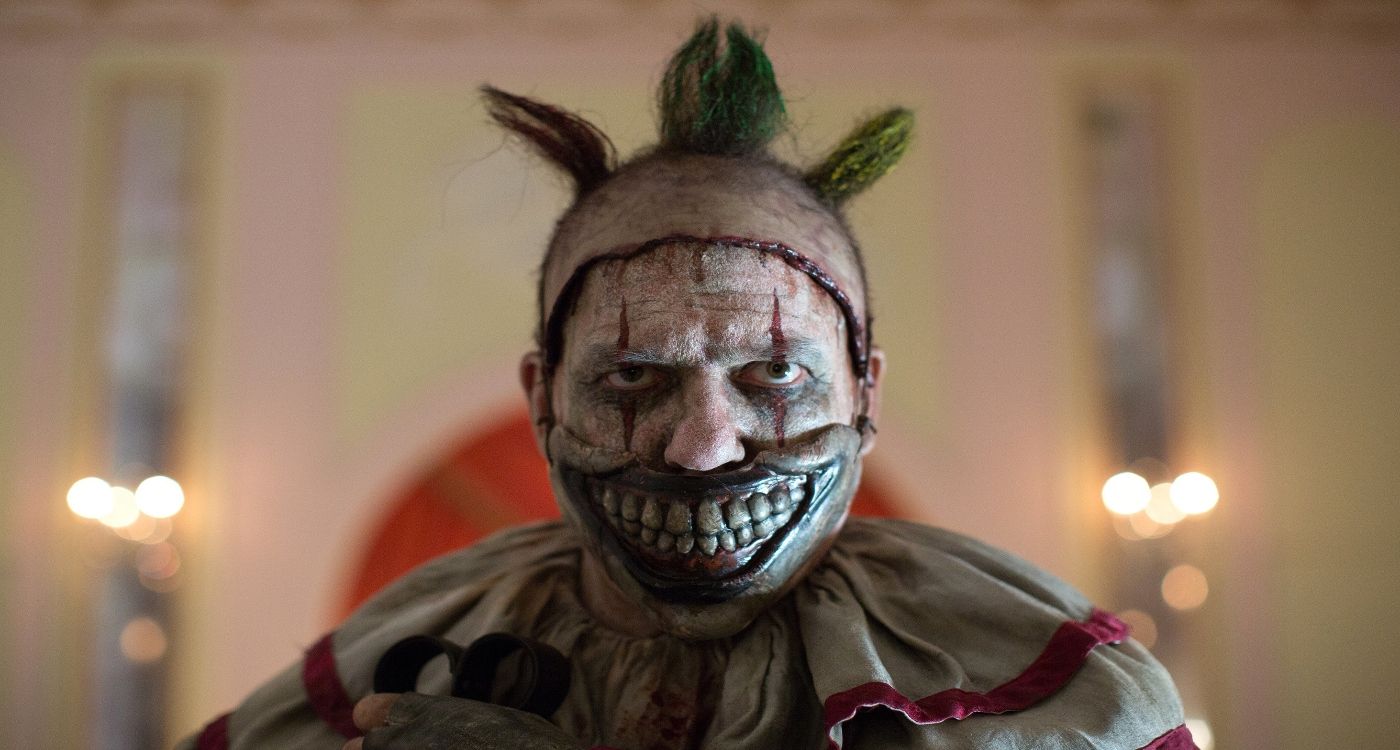
Before there was confirmation Murder House would kick off an anthology, the first episode had to set a mood for what was to come. Set a mood the title sequence did, as the camera slipped underneath the Murder House to find a collection of old photos eaten up by flames, a freaky character with garden shears, and shelves of jars with macabre objects inside. It can jolt you from the disturbing images on screen if the score didn’t do that already. By the following year, the show became the anthology it is known as. Asylum tainted prayers with unholy imagery, and more installments played around with what the intro sequence established in 2011.
Coven blended witchcraft and voodoo, with credits for actresses that related to their character arcs, such as revealing Sarah Paulson’s rise to be the Supreme. For the fourth season, Freakshow gave a stop-motion, carnival from hell, in the fifth outing, Hotel went for the Roaring ’20s gone sinister, and to jump ahead to season nine, there is the synth-heavy, VHS-inspired 1984 title sequence. While you watch, there are quick cuts between the images to keep you on edge for what are usually more frightening moments than what happens in the show. Sometimes you may barely even see what pops up, unnerving for what you think you might have seen. As for the nightmarish theme, it was an experimental score which is why the renditions we have gotten over the years, like the blasts of a marching band in Cult, are not as effective. It doesn’t have the bizarre, undetectable sounds of what came first.
Two Latino Creatives Were Involved in Scaring Us on the Title Sequence
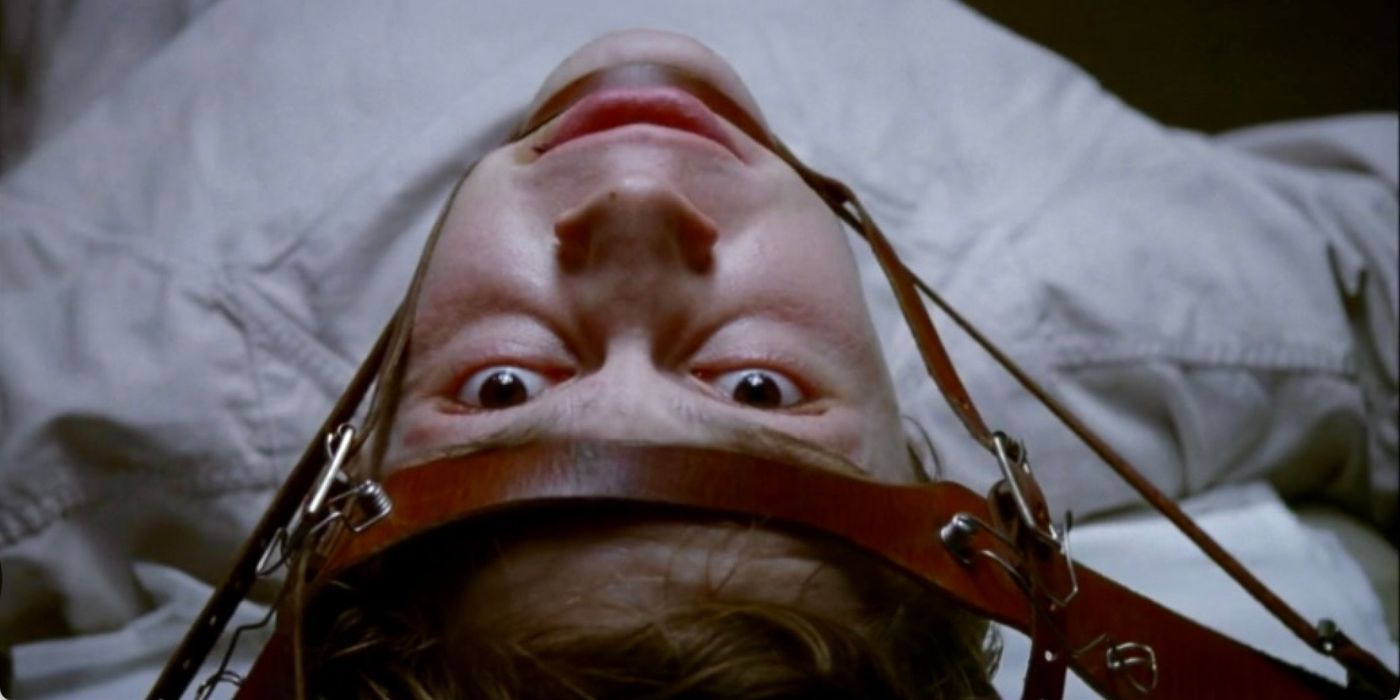
Puerto Rican composer César Dávila-Irizarry is responsible for the beautiful monstrosity that maybe you’ve hummed along to or covered your ears in fright, but he didn’t set out to make a horror score, not in the slightest. In 1998, he was a sophomore at the University of Puerto Rico and wanted to practice sound design. In a HuffPost interview, Dávila-Irizarry talked about how he used Cool Edit 96 on a Windows 98 computer to blend recorded sounds that he stretched out and edited with other digital noise. He could, “drive to Blockbuster, rent a movie, get home and watch it in the time it took the machine to do its job stretching just one file.” Cool Edit 96 was how he edited the recordings he took around his mother’s house in Puerto Rico. The article explained that one jarring sound to the AHS theme is that of a metal clothes hanger hitting the floor and another was a recording of raindrops on a window, the recordings innocent enough before a distorted transformation, which can go in hand with the visuals of the American Horror Story intro.
There are the babies in formaldehyde jars from Murder House, as if the location is a demented maternity ward. In Freakshow, the skeletons of the stop-motion circus are no Rankin/Bass creations, they grope at each other, hungry for the pleasures of when they had skin. Or there is the cosmetics and body horror of Delicate, where beauty seems to be clinically taken from grisly violence. You can name more, no doubt, twelve seasons of AHS have plenty to offer, these opening sequences have a juxtaposition of the mundane and the perverse, not unlike the edited sounds by Dávila-Irizarry. The title sequence that appeared in Murder House set a template for which every season has added, the process of creating it involved good timing and a key relationship.
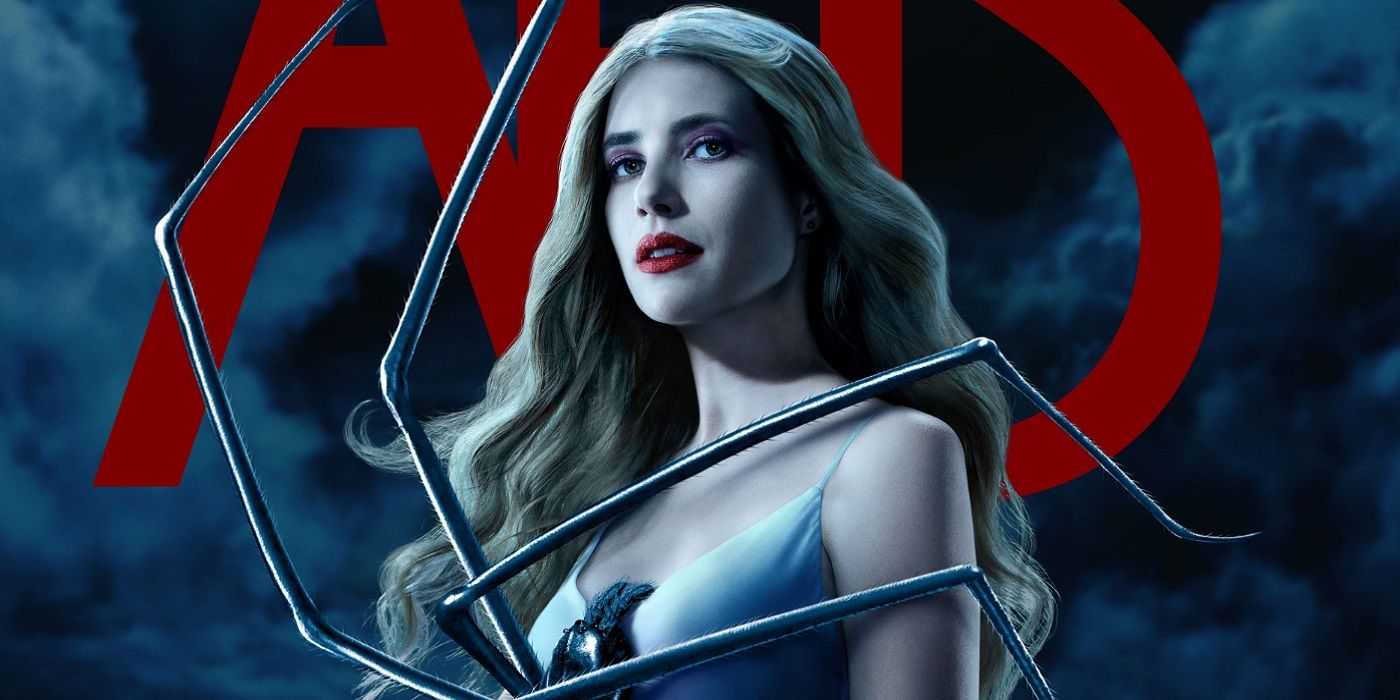
In a sit-down chat, editor Gabriel Diaz and composer César Dávila-Irizarry talked about how they first met in the ‘90s and became friends. Years later, Diaz worked for Prologue Films, run by Kyle Cooper who created the shadowy, gritty intro to Seven (1995). Diaz explained how Cooper, the creative director for the AHS opening credits, shot at least two hours worth of footage on 16 MM in the basement of an old studio, but for one reason or another, they didn’t get everything they needed, rendering the original concept in need of a fix. The Infantata, an in-show Frankenstein’s Monster-like creature, was planned to explore the basement of the Murder House, hence why the camera’s POV was at a low angle. “Make it scary,” was what Diaz got instructed to do, and he went ahead with this creative control.
Music sent to him to use consisted of“Firestarter” by The Prodigy, scores by Bernard Herrmann, and “Tonight You Belong to Me” by Patience and Prudence, the latter of which is heard in the opening of Season 1’s debut episode. Diaz selected “Tonight You Belong to Me” for the eerie tone as he edited the title sequence, but he wanted the music to be “aggressive,” like the imposing size of the Willow typeface-like font he was assigned. He kept referring to sounds from the project Dávila-Irizarry had made, which Diaz had distinctly remembered even though he had not heard it in years. Producer, Lee Buckley, checked in and Diaz showed him the title sequence which he included Dávila-Irizarry’s music. The positive reception gathered momentum, with show creator Ryan Murphy ecstatic over what they were watching and hearing. A frequent question that many people kept asking: “What is that music?”
The ‘American Horror Story’ Opening Credits Owes Its Sound to Nine Inch Nails
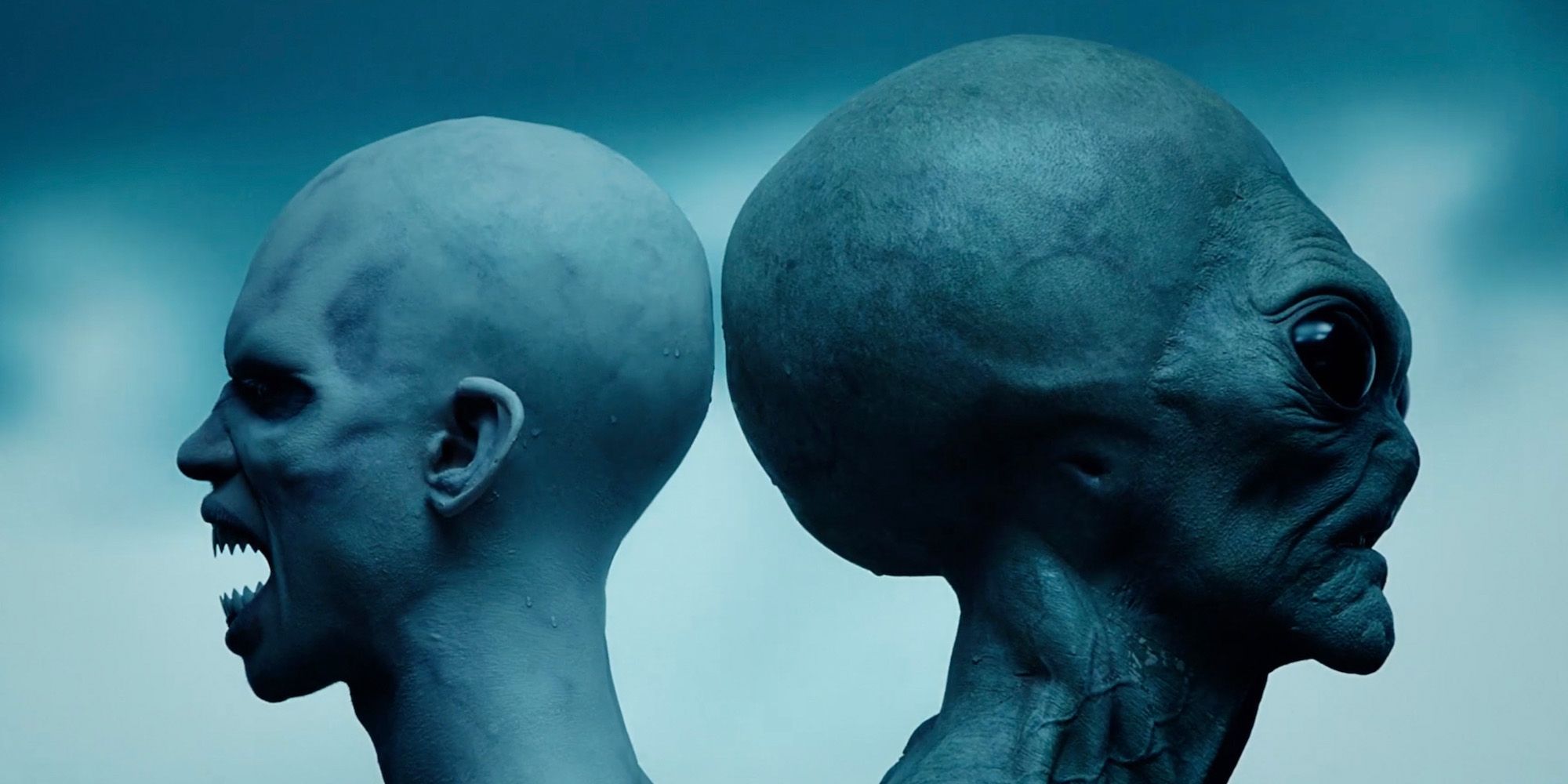
Eventually, Diaz had to tell Dávila-Irizarry for a contract and talks about rights. The composer, who at the time had become a sound designer, mentioned in the discussion between the friends how Nine Inch Nails influenced him to get into music. There is the sheer awesome irony that because Dávila-Irizarry wasn’t able to make a cleaner version of his music due to other commitments, Nine Inch Nails’ Charlie Clouser was brought in. Horror fans might recognize Clouser’s work from the Saw movies, namely the track, “Hello Zepp,” which has since become the franchise’s main theme. Like the horror anthology, his track for Saw might go by different names and heard in remixes to fit whatever new plot twist arrives, but there is a familiarity maintained to every version. He made versions of the AHS theme that sounded more cinematic, but it was decided the music should be a close recreation of the experimental sounds that caught everyone’s attention. A month later, the show premiered and the intro sequence went on to earn Clouser and Dávila-Irizarry a BMI award for Cable Music.
What fans experience each season is not Dávila-Irizarry’s exact original, but that doesn’t make it any less of the composer’s work. Look out for the end credits to an episode, you will see his name appear along with Clouser’s. For 12 years and counting, the theme song and title sequence is a ghastly, superb combo you can’t avert your eyes from (stop covering your ears too!), linking each season when the shared universe elements are either limited or none. Turn on an episode to hear that crackling, buzzing, and pounding theme, unique from other beloved horror soundtracks. Without César Dávila-Irizarry’s project and Gabriel Diaz’s decision while editing, a significant part of American Horror Story would be very different, which might be scarier than the show’s monsters.
